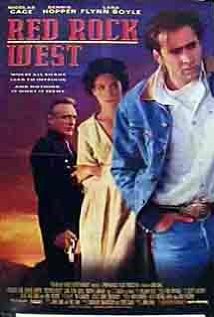 Red Rock West/1993/Red Rock Films/98 min.
Red Rock West/1993/Red Rock Films/98 min.
Nicolas Cage’s new movie “Joe” is being hailed as Cage’s comeback. It’s a meaty role in a dark film about desperate people doing bad things, to be sure. But I like my degenerates a bit more clever and I kept thinking of Cage’s terrific turn in the smart and stylish neo-noir “Red Rock West.” It’s now 21 years old and I think it improves with age.
In playing Michael Williams, an ex-Marine looking for a job in a dusty Wyoming town, Cage creates an uncommonly sympathetic character. Rejected for a spot on an oil-drilling crew because of his bad leg, Michael figures he’s got nothing to lose by stopping into the Red Rock West tavern, the hub of a bustling metropolis of 200 people.
Brooding tavern-owner Wayne Brown (J.T. Walsh) mistakes Michael for a hitman known as Lyle from Dallas (damn those Texas license plates). Wayne wants his wife, Suzanne (Lara Flynn Boyle), out of his hair forever. Before Michael’s picked up a buzz, he stumbles into a quagmire of serpentine deception and murder for hire.
Since he accepted the cash, Michael gives it a go, but changes his mind when he gets an eyeful of the raven-haired, fine-boned Suzanne – a flinty, ferocious femme fatale – and hears her side of the story, including a chapter in which she wants Michael to kill Wayne. “Being married does strange things to people,” she tells him.
Michael hits the road but comes to a screeching halt as he nearly drives over a body, who, it turns out, is Suzanne’s ex-lover. Then the real Lyle from Dallas (the inimitable Dennis Hopper) shows up. Lyle from Dallas don’t take kindly to another man messin’ with his hard-earned hit money. Natch.
It also turns out that Wayne works two jobs – tavern owner and, gulp, town sheriff. Actually make that three – pre-Red Rock, he and Suzanne robbed a bank in Illinois for about $2 million. Suzanne don’t take kindly to anybody messin’ with her haul from the robbery so, with Michael in tow, she sets out to stake her claim, then vamoose South of the Border. But, in the end, Michael isn’t quite the slave to cash that she is and when she finally heads out of town, it’s not quite in the style she’d been planning.
At 98 minutes, “Red Rock West” is a taut, sexy, funny story that lingers at the right spots and lurches forward just when you were getting cozy. The scene in the graveyard where the four principals dig up bills and duke it out, then plug and pierce the night away is stellar. As they go through bullets, blades, a sword and chains, Hopper snarls, Cage seethes, and Boyle shows prowess with a pistol. Fine performances, all around.
Director John Dahl, who co-wrote the script with his brother Rick, taps 1940s film noir roots with their exploration of shifting identities, appearance vs. reality and the range of motivations that drive people to create their own moral codes. Cage’s disillusioned dreamer recalls the laconic sadness of a young Robert Mitchum, though Cage’s part doesn’t quite allow him to plumb the depths of darkness. Boyle recalls the regal beauty of Gene Tierney and the cool intensity of Jane Greer.
Infused with humor, the script meditates on the role that luck plays in our lives. We see that Cage has borne Fortune’s smiles and blows. At one point, upon finding his gas tank near empty, he mutters, “F’ing story of my life.”
Natives of Billings, Montana, the Dahls set the film not in a claustrophobic or hostile big city but in sunny Western climes, which work well to highlight Cage’s isolation and desperation. Country singer and actor Dwight Yoakam plays a grimy a truck driver who gives Cage a lift and Yoakam’s mournful “Thousand Miles From Nowhere” is a fitting conclusion to the film’s score. (Dahl started his career directing shorts and music videos.)
After 1989’s “Kill Me Again” and “Red Rock,” John Dahl made “The Last Seduction” in 1994 as well as “Rounders” in 1998 and “You Kill Me” in 2007. He’s also worked on many high-profile TV shows like “Breaking Bad,” “True Blood” and “Dexter.” We hope he and Nic Cage can hook up again – a slick thriller, or a jet-black TV series, perhaps? We’re waiting impatiently.
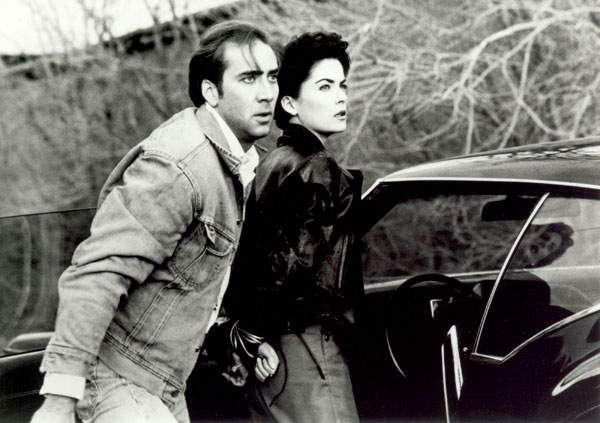
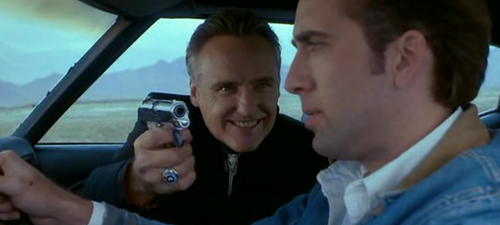
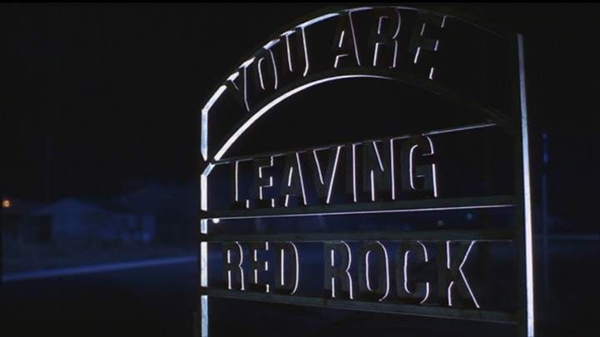





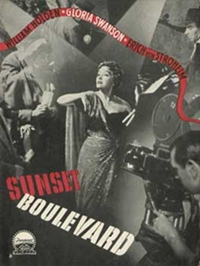
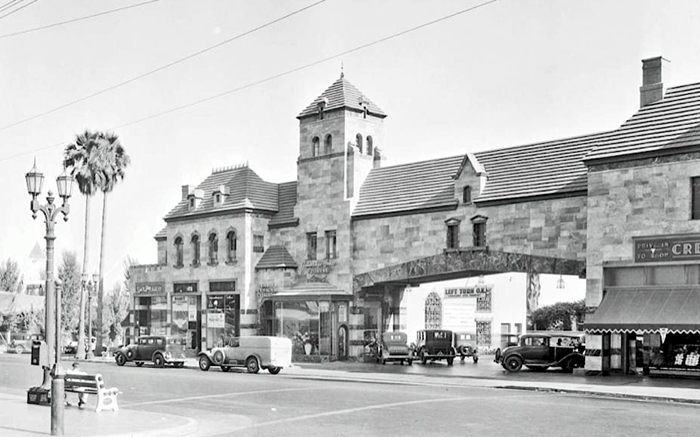
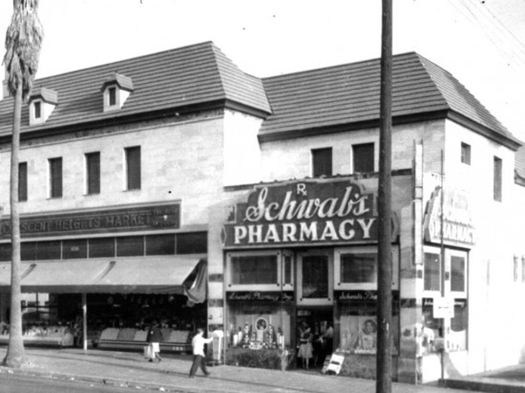
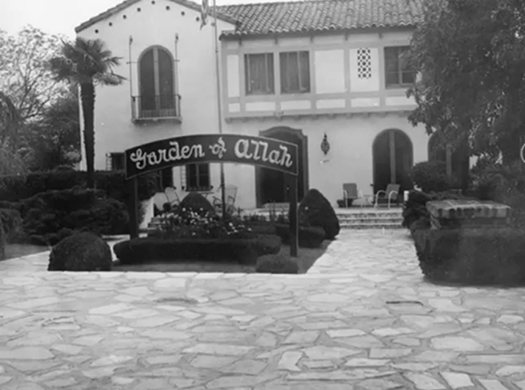
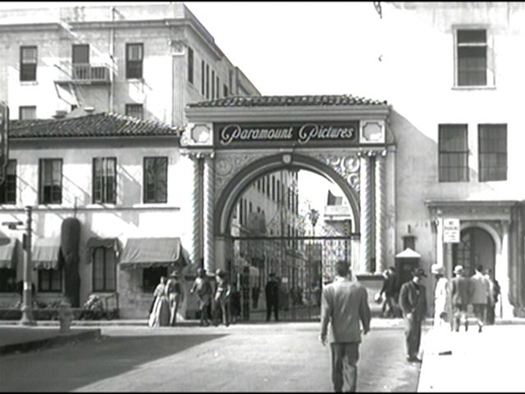
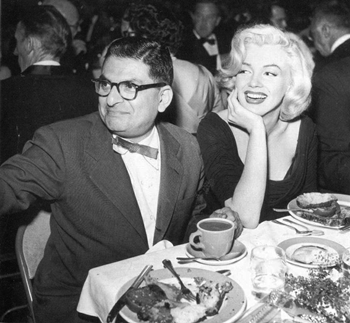
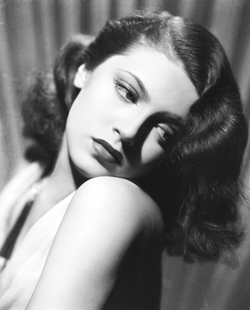
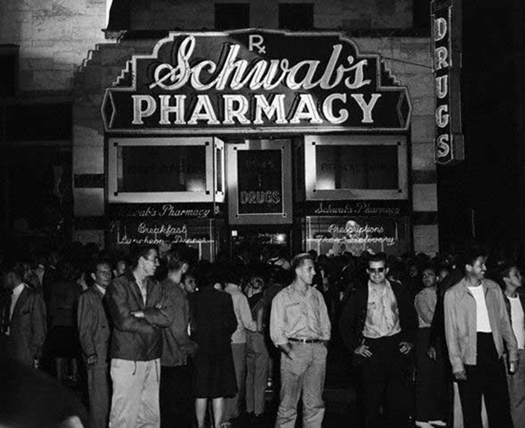
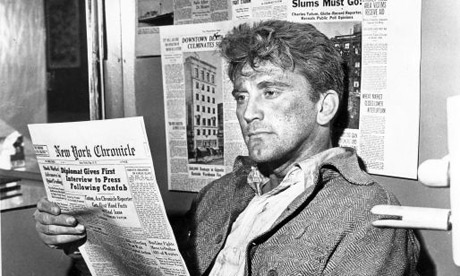
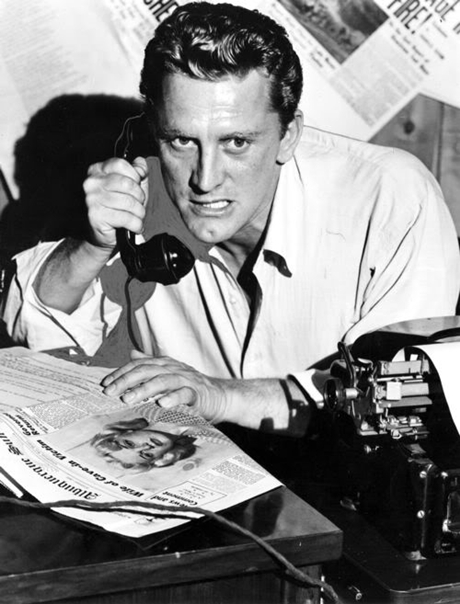
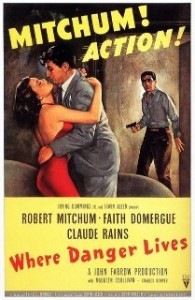
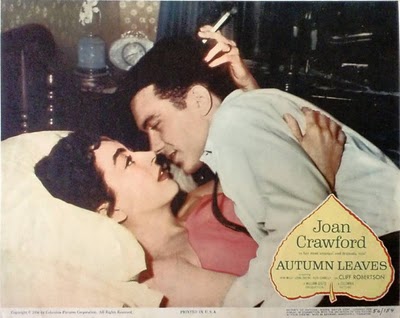
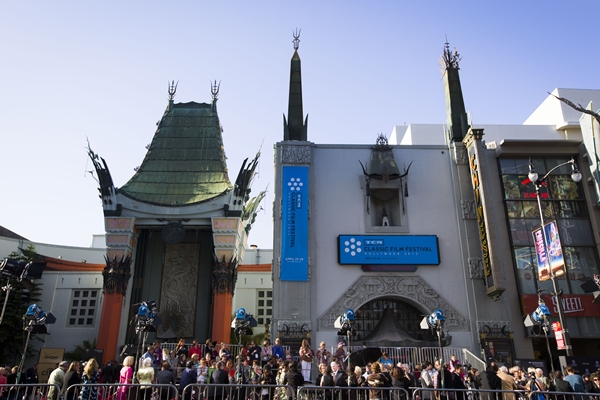

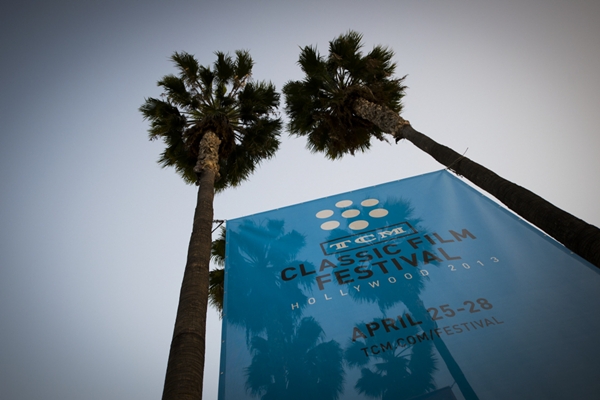
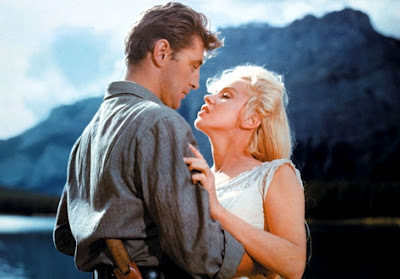

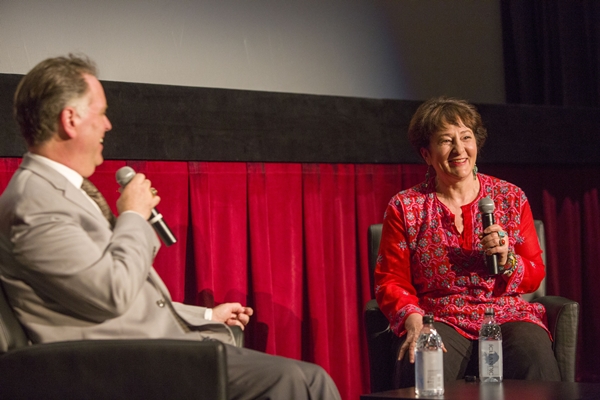
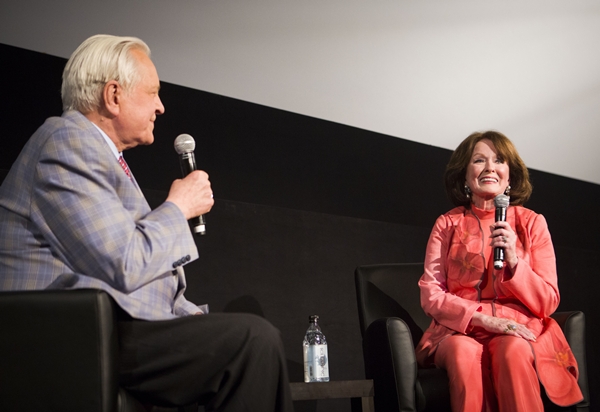
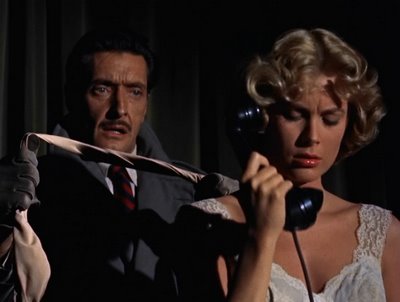
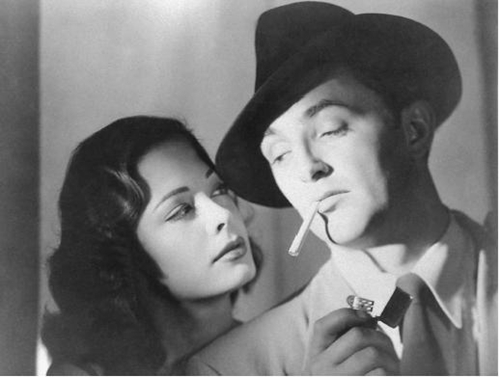
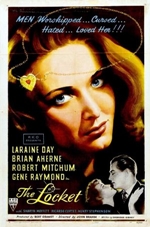

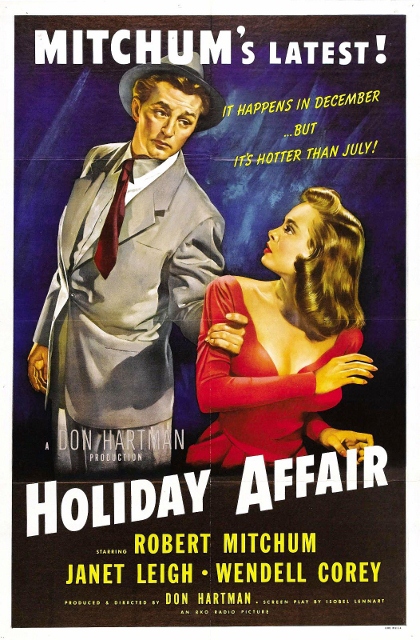
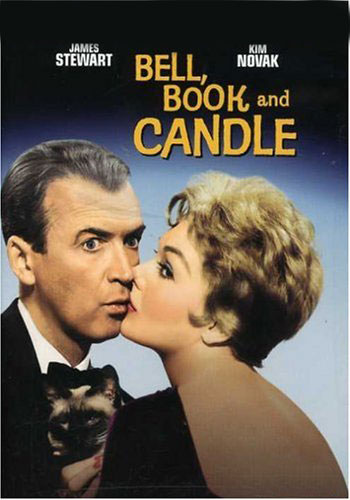
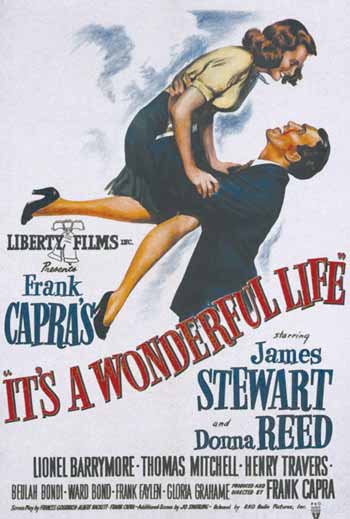
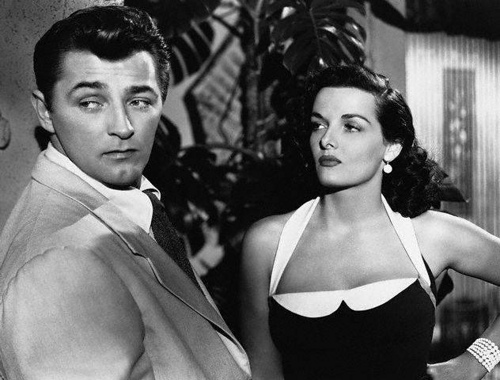
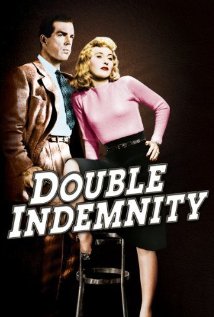
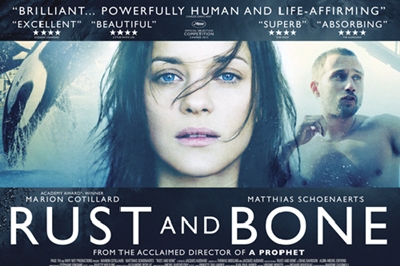
![robert_mitchum_night_of_the_hunter[1]](http://www.filmnoirblonde.com/wp-content/uploads/2012/12/robert_mitchum_night_of_the_hunter12.jpg)
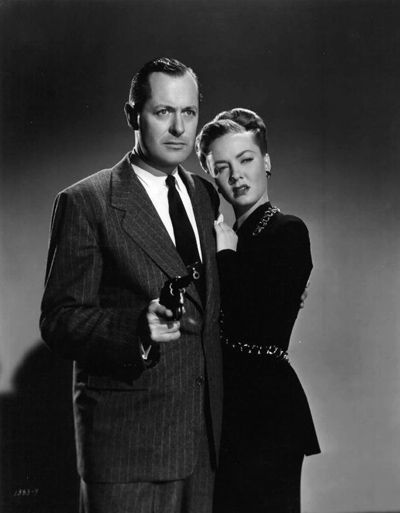
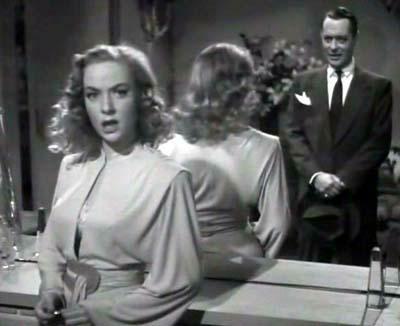
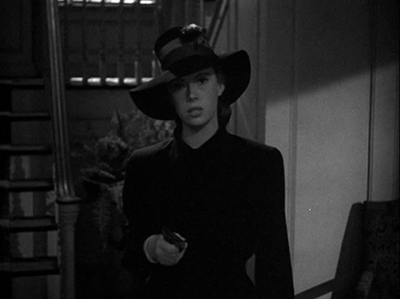
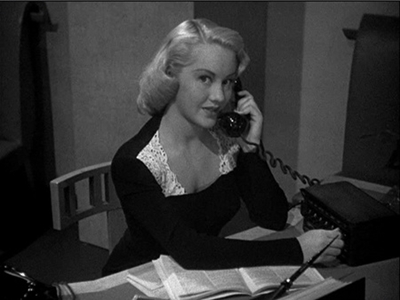
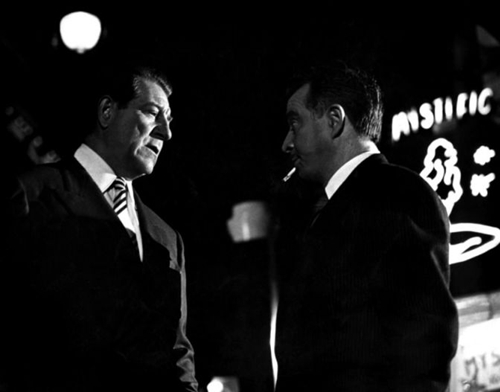


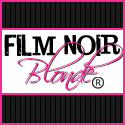



From FNB readers